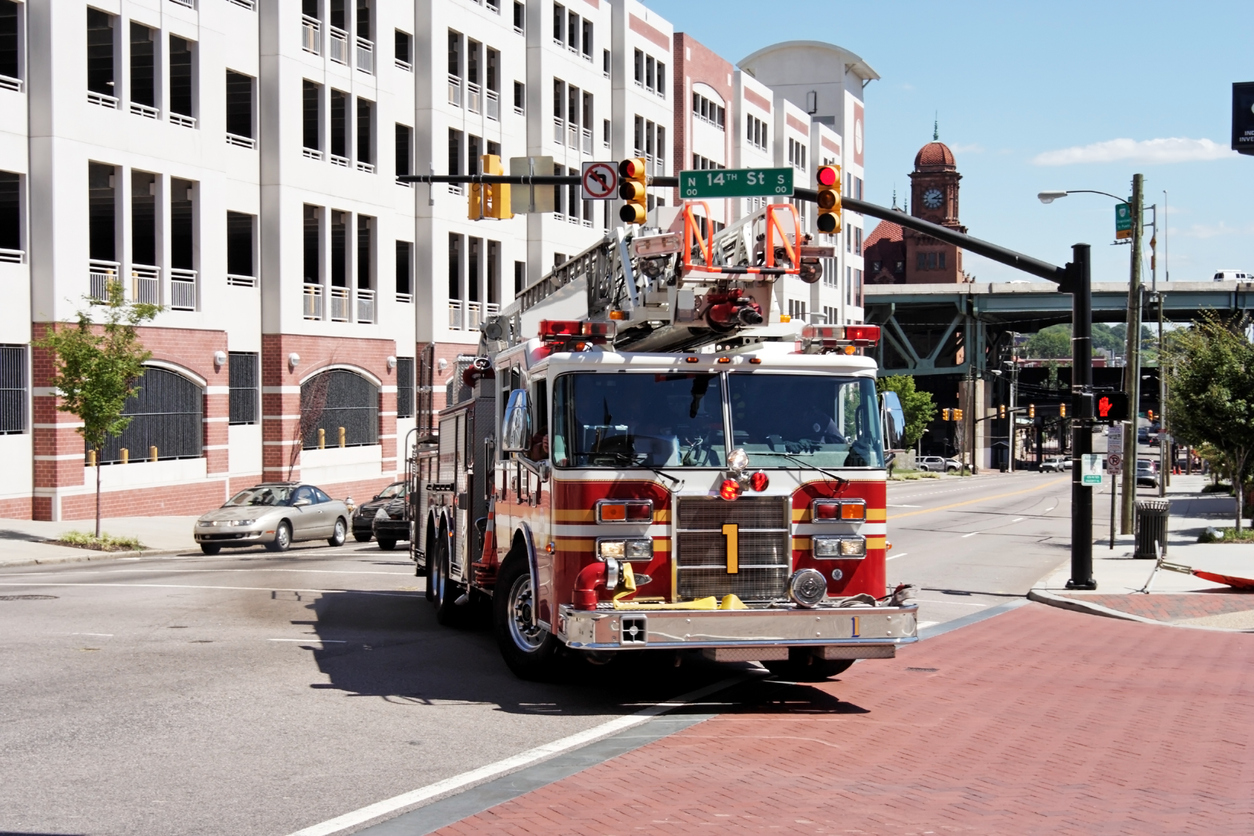
The Case for Exclusive Bus Lanes

A few days ago The Guardian newspaper of London published an article titled Our Cities Need Fewer Cars not Cleaner Cars. The article makes some very strong points regarding the share of single occupant vehicles in major cities and the amount of public space allocated towards automobile capacity.
The article closes with the following statement:
“We all want our cities to be faster, smarter and greener – and the car is not the only answer. We must use technology and entrepreneurship to ensure that our urban future is fair, inclusive and aligned with the common good.”
What the article alludes to, and doesn’t elaborate on, is the need for cities to provide for dedicated transit lanes to make public transportation faster and more convenient for riders. This doesn’t require “new” technology, it requires leadership and a concerted effort on the part of cities to truly make public transport better.
Time is precious
In a previous blog post, I wrote about my reasons for using public transportation. For me, the deciding factor is the value of my time – when I am riding public transportation I am free to do other things that are far more valuable to me than holding onto a steering wheel.
I’m lucky to live within walking distance of a few different bus routes, which provide a direct link between my home and place of work. In fact I structure most of my travel around public transportation options in order to maximize all the time in a day.
But I recognize that the same isn’t true for everyone – for some people public transport is a dirty word. Public transportation means a long, slow ride in stop-and-go traffic, taking the same amount of time, if not longer, than driving alone.
But what if it wasn’t a long, slow ride? What if taking the bus was (nearly) as seamless as riding a train?
Success stories
There are great examples of this in the form of Bus Rapid Transit (BRT), around the world and even here in Los Angeles. In fact I’m very lucky to be involved with some exciting and innovative improvements to LA’s most successful exclusive-running BRT system – the Orange Line running through the San Fernando Valley.
Unfortunately not every bus line can have it’s own exclusive right of way. So that means most buses have to share space with other cars – and everyone is stuck in traffic.
But it doesn’t have to be that way. We can run buses in exclusive lanes on city streets. There’s great examples of this all over, from New York to San Francisco and even here in LA.
These lanes provide many benefits to buses, all to speed up the service and make the ride more enticing to commuters. Of course there are detractors who say that the exclusive bus lanes remove capacity for cars, and simple math will show that during the most congested periods of the day, exclusive bus lanes with buses carrying 60+ passengers every four to six minutes carry the same, if not more, people per lane than the congested vehicular lanes (and p.s: all 60 people on the bus are travelling in a much safer form, and aren’t likely to cause a fatal collision due to texting, etc.).
Rules are made to be followed
Exclusive bus lanes only work if they are… wait for it… exclusively used by buses. In LA that is often not the case. People drive in the lanes, park in the lanes and generally skirt the rules. This kind of behavior builds on itself and is a product of other unsafe driving behaviors that are endemic to our national problems with traffic congestion, as I wrote about before.
To fix this problem, I want to build on the recommendation presented in The Guardian piece:
“In order to get people out of cars, cities also need to make it easier for people to connect between different transport modes. Behavioral studies have shown that commuters will switch routes and modes if better options are available.”
In addition to improving connections between modes, we need to enforce the current regulations we have on the books and make these public transportation modes work better. New Yorkers can get tickets and points on their licenses for driving in or parking in bus-only lanes, and San Francisco even provides automated enforcement via cameras on board buses. So here in LA we need to start deploying these measures and more.
Much like other traffic safety regulations, we shouldn’t rely solely on police or other public safety officials to enforce these laws. There are many other pressing criminal and public safety issues to focus on. Rather, we should leverage the technologies we already have to make sure these public transportation facilities can work the best they can.
Public transportation agencies owe this to their customers, and people who desire improved mobility and better choices for travel deserve to get systems that work. Hopefully we’ll start to see more of these types of technological applications in LA and beyond.
I know I’ll support them. Will you?
About the Author

Sam Morrissey previously served as an associate vice president at Iteris, leading its Mobility Services group.
 X
(Twitter)
X
(Twitter)
 Facebook
Facebook LinkedIn
LinkedIn Copy
Link
Copy
Link Email
Email

